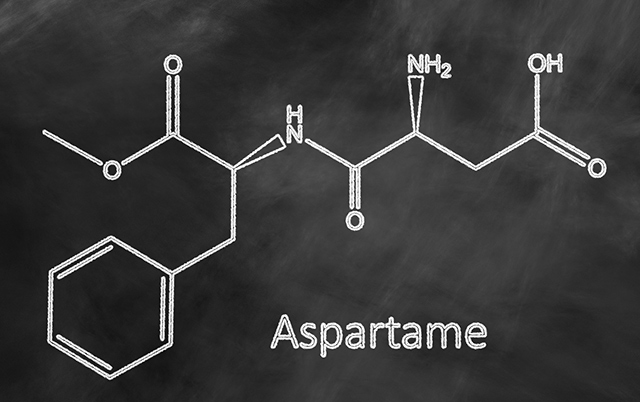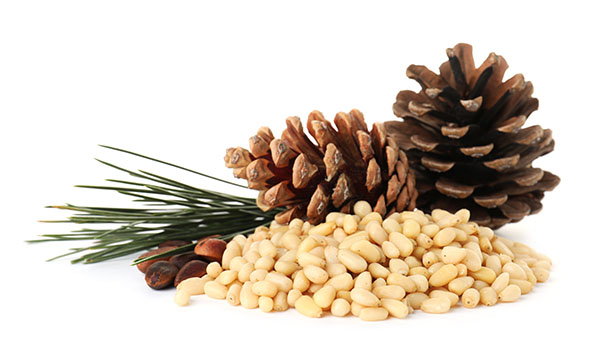Bioactive milk peptides found to have anti-hypertensive properties
06/26/2019 // Ralph Flores // Views
Tags: ACE inhibitors, Amino Acids, cardiovascular health, dipeptides, disease treatments, food cures, food is medicine, food science, functional food, goodfood, goodhealth, goodmedicine, heart health, high blood pressure, hypertension, milk, milk peptides, prevention, research, tripeptides

- In the study, researchers used 3D quantitative structure-activity relationship models to predict whether milk di- and tripeptides can inhibit angiotensin I-converting enzyme (ACE) activities.
- The researchers also looked at whether these activities could be explained by evaluating the structural features responsible for this biological activity. These included hydrogen bond donor/acceptor, hydrophobic, steric, and electrostatic in the di- and tripeptides.
- In addition, the team also sought to establish comparative molecular field analysis (CoMFA) models. These models, when combined with in silico digestion, can identify peptide sequences that are released from enzymatic digestion, allowing researchers to study these without relying on experimental data.
- The team also conducted a molecular docking simulation to assess the structural features of the peptides.
- Based on this simulation, the researchers found that peptides with the most potent ACE-inhibiting activity contain hydrophobic amino acids that can enter within the hydrophobic pocket of the active site and interact with its residues.
- The CoMFA model identified electronegativity at the C-terminus of the milk dipeptides, as well as favorable steric interactions. Moreover, electropositive amino acids at the second place in tripeptides and electronegative reaction with Tyr520 are favored by the CoMFA model.
- The researchers also noted relatively higher ACE inhibitory activity from dipeptides based on predicted values obtained by the peptide cutter.
In sum, the researchers recommend exploring milk di- and tripeptides for use in functional food, as well as a natural alternative to ACE inhibitor drugs.
Explore the science of natural food at FoodScience.news.
Journal Reference:
Vukic VR, Vukic DV, Milanovic SD, Ilicic MD, Kanuric KG, Johnson MS. IN SILICO IDENTIFICATION OF MILK ANTIHYPERTENSIVE DI- AND TRIPEPTIDES INVOLVED IN ANGIOTENSIN I–CONVERTING ENZYME INHIBITORY ACTIVITY. Nutrition Research. October 2017;46:22–30. DOI: 10.1016/j.nutres.2017.07.009
Related Topics
ACE inhibitors Amino Acids cardiovascular health dipeptides disease treatments food cures food is medicine food science functional food goodfood goodhealth goodmedicine heart health high blood pressure hypertension milk milk peptides prevention research tripeptidesLatest News
Related News
09/24/2023 / By Lance D Johnson
05/12/2023 / By Lance D Johnson
04/24/2023 / By Olivia Cook
03/22/2023 / By Kevin Hughes
01/25/2023 / By Kevin Hughes
02/11/2022 / By Franz Walker
Take Action:
Support Natural News by linking to this article from your website.
Permalink to this article:
Copy
Embed article link:
Copy
Reprinting this article:
Non-commercial use is permitted with credit to NaturalNews.com (including a clickable link).
Please contact us for more information.
Please contact us for more information.






















